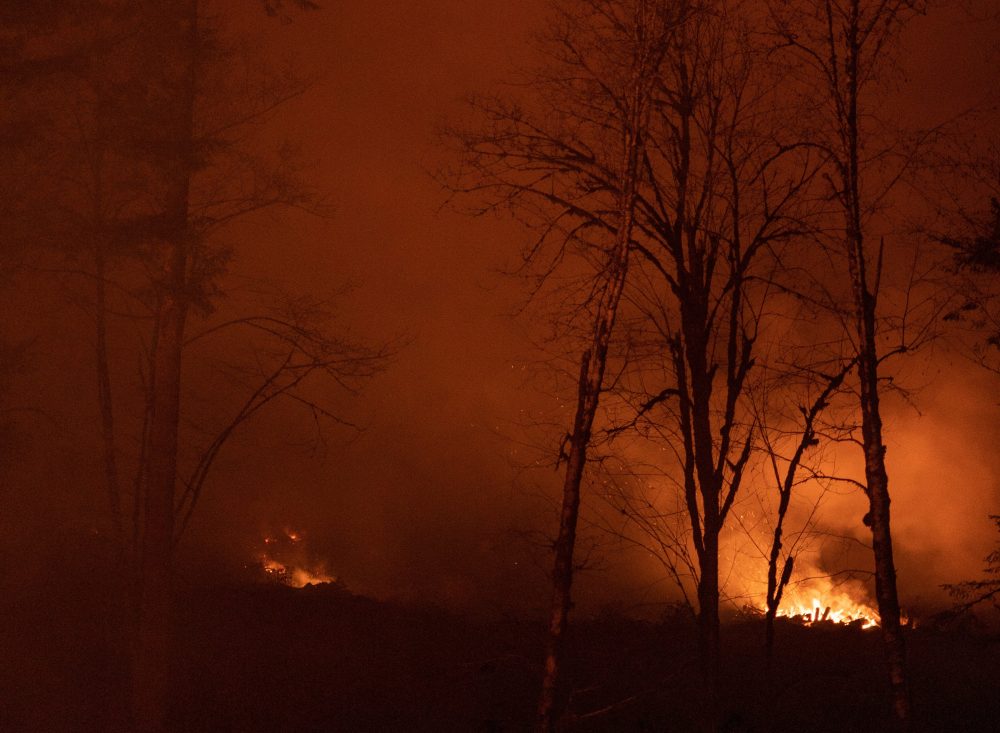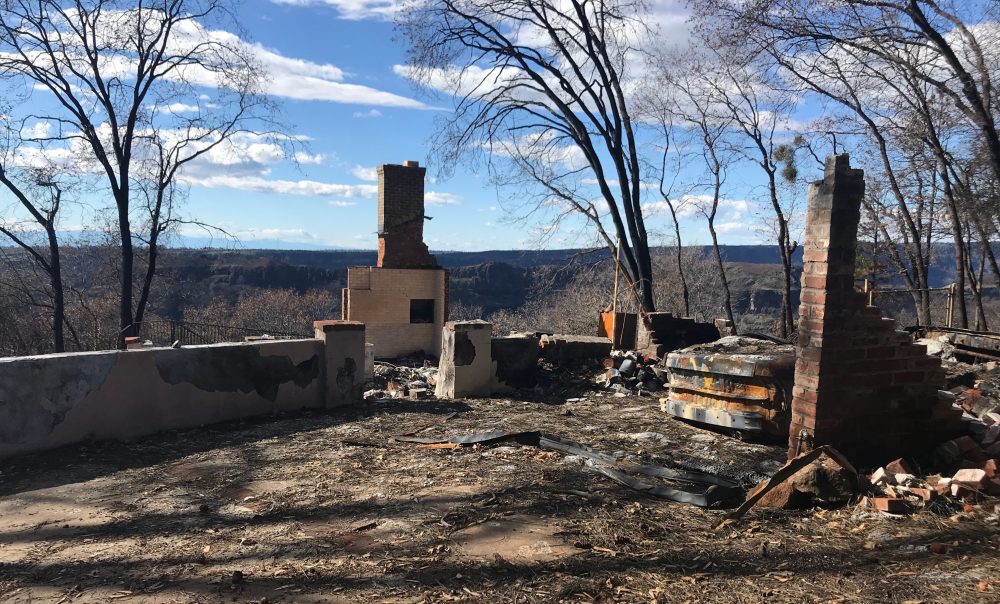California Wildfires – What’s a Funder to Do?
This article first appeared in the National Center for Family Philanthropy blog and is reprinted with permission. “Containment” – that was the phrase all of us wanted to hear as the California wildfires roared in early November. The images of the blazing walls of fire; the heroic efforts of firefighters and first responders; the staggering […]

This article first appeared in the National Center for Family Philanthropy blog and is reprinted with permission.
“Containment” – that was the phrase all of us wanted to hear as the California wildfires roared in early November. The images of the blazing walls of fire; the heroic efforts of firefighters and first responders; the staggering number of people missing; the heart-wrenching realities of lives and communities lost. So “100 percent containment” would begin to put the nightmares of the Northern and Southern California wildfires to an end.
Slowly, news of fires being contained began to trickle in – first, the Hill Fire, then the Woolsey Fire and finally the Camp Fire. The losses were profound and the response, swift. “Containment” is a source of salvation; it is also a source of apprehension because with it comes the lack of media attention those of us in disaster philanthropy see all too frequently. There is the next big story, the next celebrity scandal, even the next disaster that turns us away from those in need.
As of Dec. 17, according to Foundation Center, contributions for the California wildfires were at $16,843,500 — mostly from corporate and company foundations. No money had been donated from private foundations over a month after the massive fires began. The reality is that we all, personally and professionally, want to help. In many case we simply don’t know how to do so effectively.
At the Center for Disaster Philanthropy (CDP), our focus is on supporting medium- to long-term recovery in communities affected by disasters. What we know from experience is that a month after a disaster contributions cease . . . yet the need for funding goes on for years.
And, as crucial as immediate response is, genuine healing of people’s lives and their communities takes persistence and flexible funding in order to respond to the needs as they evolve.
Here Are Some Ways Family Foundations Can Help:
Think about what can help bring a community back whole. Recovery needs for each wildfire area will vary, but attention should be given to long-term support for rehousing, income recovery, agricultural needs and additional preparedness support to vulnerable populations. Due to the high death toll and damage levels, mental health support and counseling services will be a significant need.
It’s never too late to make a financial contribution. As with most disasters, cash donations are recommended by disaster experts. Money enables on-the-ground agencies to direct funds to the greatest area of need, support economic recovery and ensure donation management (dealing with piles of clothing, household items or water bottles) doesn’t detract from disaster recovery needs.
Consider supporting small businesses and nonprofits. Award grants for rebuilding damaged homes and businesses. Currently through the Small Business Administration’s Economic Injury Disaster Loan program there is a $2 million cap on disaster loans for businesses or private, nonprofit organizations. That amount may not cover what’s needed and monies that are allocated may be slow to arrive, leaving many without support.
Fund local agencies on the ground throughout the disaster life cycle, especially those that work with vulnerable populations. People already in precarious situations—such as the elderly, sick, undocumented and mixed status families and low income—will likely find their circumstances worsened in the face of disaster. Mental health providers, food banks and organizations working with children or the elderly are working overtime to mitigate the disaster’s impact. Disasters really stretch the resources of these organizations as more people are in need of their services.
Support businesses in planning ahead for the impact of wildfires and other disasters. Fund capacity building and the development of Business Continuity and Disaster Recovery plans to reduce economic impact. These plans would include, for example, contingencies for displaced workers, back up of data and alternate facilities for continuing operations in the event of property damage.
Learn about the needs of volunteer fire departments. Many firefighters also suffered personal losses and the resources of the departments may have been depleted during the wildfires. Your assistance could be invaluable for getting them the resources that are needed.
At the Center for Disaster Philanthropy, our CDP California Wildfires Recovery Fund will support medium and long-term recovery needs such as affordable housing, access to mental health and legal services, particularly among at-risk populations. To date, we’ve raised over $500,000 and additional funding is needed.
I would be delighted to consult with you about some innovative strategies that advance your values, increase the impact of your contributions and ultimately strengthen our communities. There is much to be done to support survivors of the California wildfires; together we can demonstrate that wildfires “contained” are not lives forgotten.
More like this

What Paradise Has Lost

